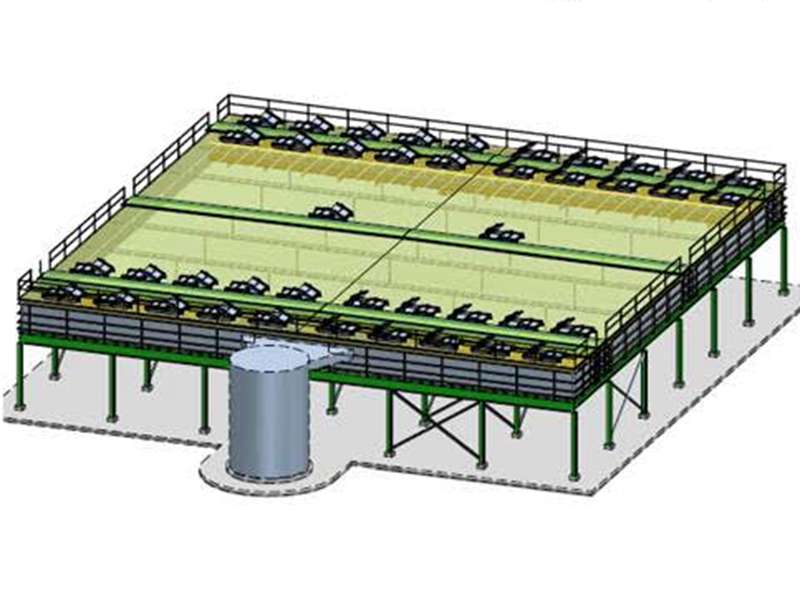
-
 Afrikaans
Afrikaans -
 Albanian
Albanian -
 Amharic
Amharic -
 Arabic
Arabic -
 Armenian
Armenian -
 Azerbaijani
Azerbaijani -
 Basque
Basque -
 Belarusian
Belarusian -
 Bengali
Bengali -
 Bosnian
Bosnian -
 Bulgarian
Bulgarian -
 Catalan
Catalan -
 Cebuano
Cebuano -
 China
China -
 China (Taiwan)
China (Taiwan) -
 Corsican
Corsican -
 Croatian
Croatian -
 Czech
Czech -
 Danish
Danish -
 Dutch
Dutch -
 English
English -
 Esperanto
Esperanto -
 Estonian
Estonian -
 Finnish
Finnish -
 French
French -
 Frisian
Frisian -
 Galician
Galician -
 Georgian
Georgian -
 German
German -
 Greek
Greek -
 Gujarati
Gujarati -
 Haitian Creole
Haitian Creole -
 hausa
hausa -
 hawaiian
hawaiian -
 Hebrew
Hebrew -
 Hindi
Hindi -
 Miao
Miao -
 Hungarian
Hungarian -
 Icelandic
Icelandic -
 igbo
igbo -
 Indonesian
Indonesian -
 irish
irish -
 Italian
Italian -
 Japanese
Japanese -
 Javanese
Javanese -
 Kannada
Kannada -
 kazakh
kazakh -
 Khmer
Khmer -
 Rwandese
Rwandese -
 Korean
Korean -
 Kurdish
Kurdish -
 Kyrgyz
Kyrgyz -
 Lao
Lao -
 Latin
Latin -
 Latvian
Latvian -
 Lithuanian
Lithuanian -
 Luxembourgish
Luxembourgish -
 Macedonian
Macedonian -
 Malgashi
Malgashi -
 Malay
Malay -
 Malayalam
Malayalam -
 Maltese
Maltese -
 Maori
Maori -
 Marathi
Marathi -
 Mongolian
Mongolian -
 Myanmar
Myanmar -
 Nepali
Nepali -
 Norwegian
Norwegian -
 Norwegian
Norwegian -
 Occitan
Occitan -
 Pashto
Pashto -
 Persian
Persian -
 Polish
Polish -
 Portuguese
Portuguese -
 Punjabi
Punjabi -
 Romanian
Romanian -
 Russian
Russian -
 Samoan
Samoan -
 Scottish Gaelic
Scottish Gaelic -
 Serbian
Serbian -
 Sesotho
Sesotho -
 Shona
Shona -
 Sindhi
Sindhi -
 Sinhala
Sinhala -
 Slovak
Slovak -
 Slovenian
Slovenian -
 Somali
Somali -
 Spanish
Spanish -
 Sundanese
Sundanese -
 Swahili
Swahili -
 Swedish
Swedish -
 Tagalog
Tagalog -
 Tajik
Tajik -
 Tamil
Tamil -
 Tatar
Tatar -
 Telugu
Telugu -
 Thai
Thai -
 Turkish
Turkish -
 Turkmen
Turkmen -
 Ukrainian
Ukrainian -
 Urdu
Urdu -
 Uighur
Uighur -
 Uzbek
Uzbek -
 Vietnamese
Vietnamese -
 Welsh
Welsh -
 Bantu
Bantu -
 Yiddish
Yiddish -
 Yoruba
Yoruba -
 Zulu
Zulu
frp moisture trap
Understanding the Importance of FRP Moisture Traps in Modern Applications
In various industrial applications, managing moisture is crucial to maintaining the integrity and longevity of equipment, structures, and processes. Fiberglass Reinforced Plastic (FRP) moisture traps have emerged as a vital solution in this regard, offering both efficiency and resilience in combating the detrimental effects of moisture.
FRP moisture traps are designed to capture and contain moisture, preventing it from infiltrating sensitive areas. This technology leverages the lightweight yet robust characteristics of fiberglass, making it an ideal material for creating effective moisture control systems. The unique properties of FRP ensure that these traps are not only durable but also resistant to corrosion, making them suitable for various environments, including those with high humidity and chemical exposure.
Understanding the Importance of FRP Moisture Traps in Modern Applications
In addition to protecting equipment and infrastructure, FRP moisture traps also play a critical role in maintaining product quality. In manufacturing processes, especially in food and beverage, pharmaceuticals, and electronics, the presence of moisture can compromise product integrity. For instance, the absorption of water can lead to mold growth, spoilage, or even chemical reactions that can ruin finished products. By effectively capturing moisture, FRP traps help maintain a controlled environment, ensuring that products meet quality standards and are safe for consumption or use.
frp moisture trap

Moreover, the versatility of FRP moisture traps makes them suitable for various applications. They can be used in commercial buildings, factories, wastewater treatment plants, and even in residential settings. Their adaptability to different environments allows for tailored solutions based on specific moisture control needs. Whether installed in ventilation systems, ducts, or directly within equipment, FRP moisture traps effectively manage moisture levels while maintaining airflow.
Furthermore, the lightweight nature of FRP allows for easy installation, reducing labor costs and time associated with setup. Traditional moisture management systems often involve heavy materials and complex structures, which can be cumbersome and expensive to install. In contrast, FRP moisture traps can be integrated seamlessly into existing systems, enhancing functionality without requiring significant modifications.
Another aspect to consider is the environmental impact of moisture control solutions. FRP materials are increasingly being designed with sustainability in mind. Many manufacturers are adopting eco-friendly practices, using recycled materials or minimizing waste in production processes. This focus on sustainability not only benefits the environment but also resonates with businesses seeking to improve their corporate social responsibility.
Lastly, regular maintenance of FRP moisture traps is essential to ensure their effectiveness. While these traps are built to withstand various challenges, periodic checks and cleaning are necessary to remove any accumulated moisture and debris. Implementing a maintenance routine can further enhance the durability and performance of these systems.
In conclusion, FRP moisture traps represent a sophisticated solution to address moisture-related challenges across multiple industries. Their ability to protect equipment, ensure product quality, and adapt to diverse environments makes them an invaluable asset in modern operations. As industries continue to evolve and seek efficient approaches to moisture management, FRP moisture traps will undoubtedly play a pivotal role in safeguarding assets, enhancing productivity, and promoting sustainability.









